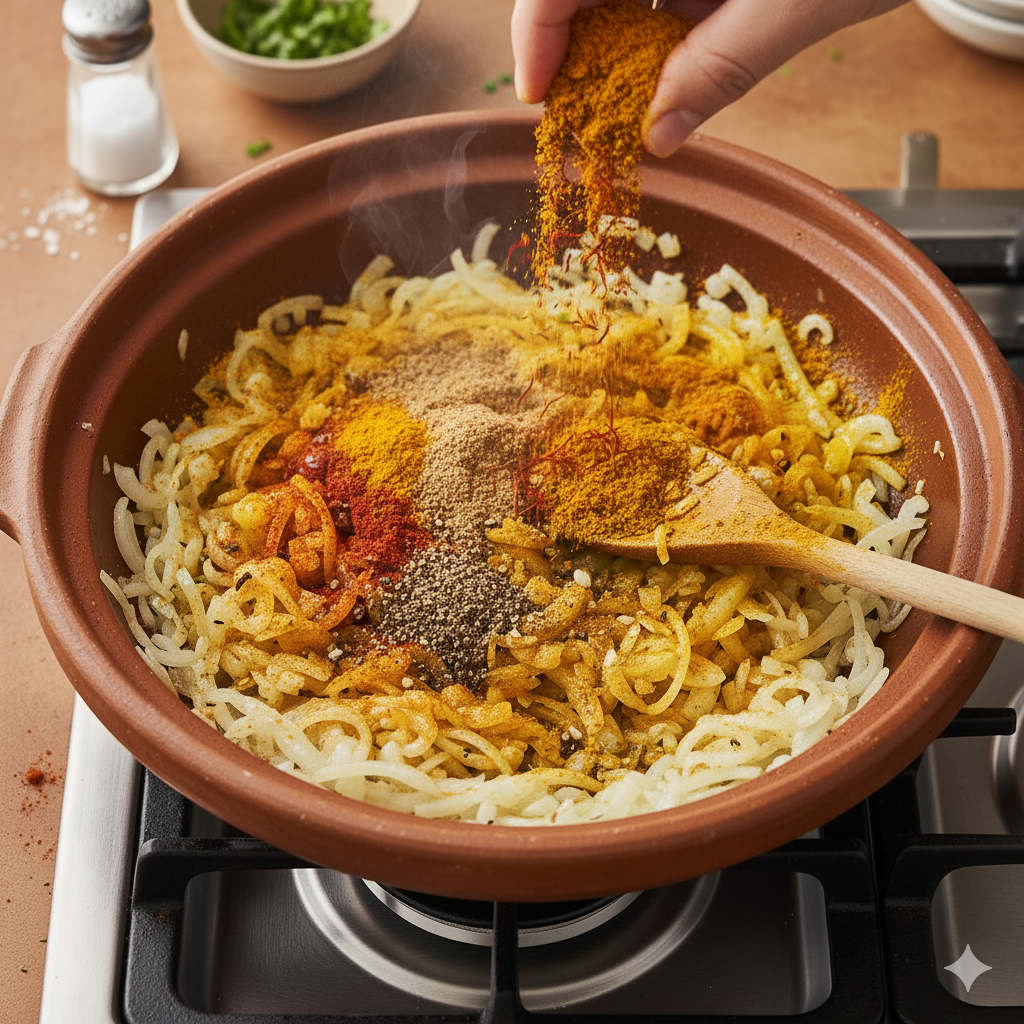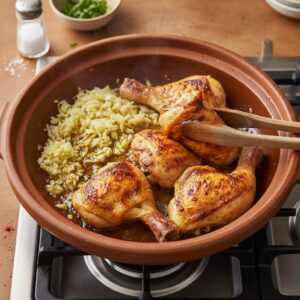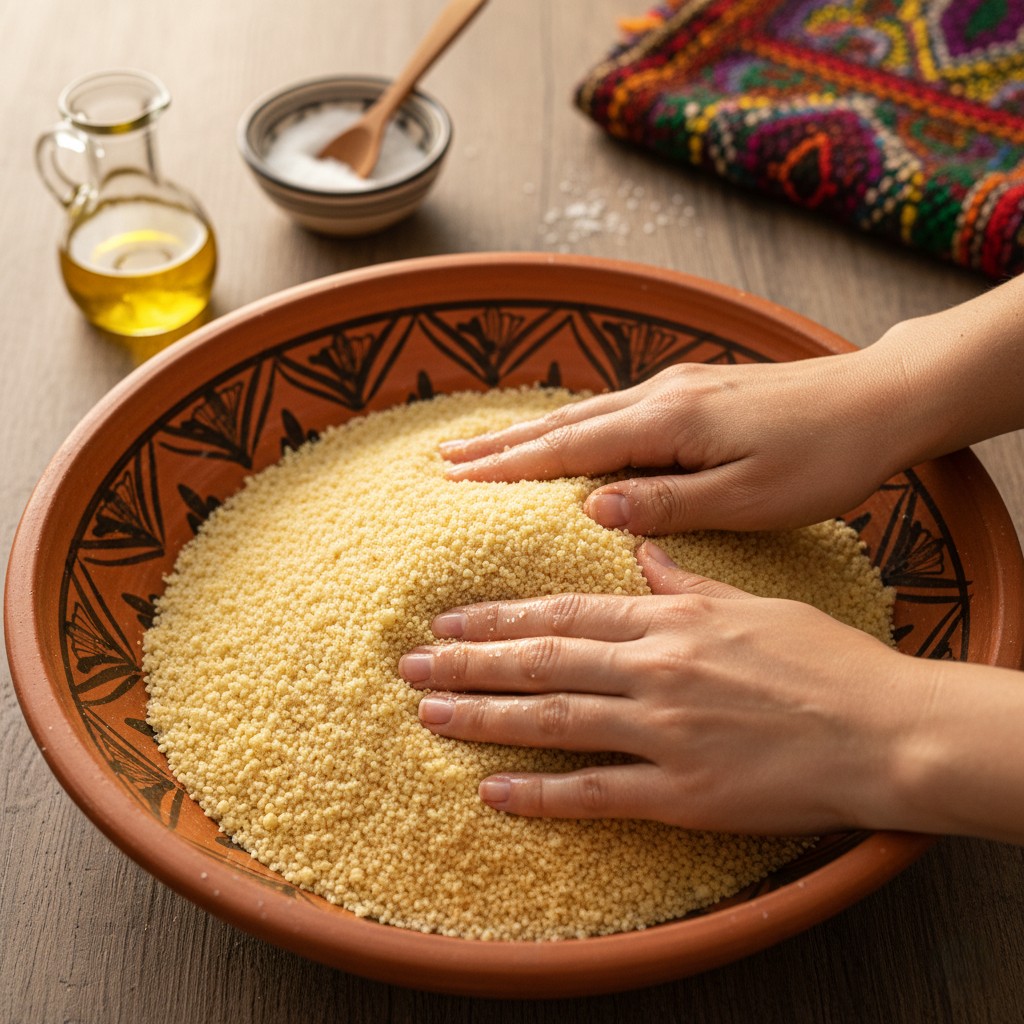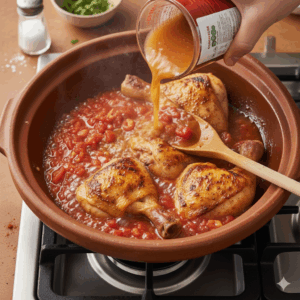Harira, a name that resonates with warmth and hospitality, is more than just a soup; it’s a culinary emblem of Algeria, deeply woven into the fabric of its culture. While often associated with Morocco, Algerian Harira boasts its own distinct character, a testament to the regional diversity of North African cuisine. This hearty and aromatic soup is a staple during the holy month of Ramadan, gracing iftar tables as the first meal to break the day’s fast, offering sustenance and comfort after long hours of abstinence. Its rich history speaks of ancient culinary traditions passed down through generations, each family often holding a slightly varied, cherished recipe.
The origins of Harira are as rich and complex as its flavor profile. It is believed to have roots in the Andalusian period, a time when Moorish culture flourished across North Africa and the Iberian Peninsula. The exchange of spices, ingredients, and cooking techniques between different communities led to the creation of dishes like Harira, which ingeniously blend local produce with exotic seasonings. Over centuries, as communities migrated and trade routes expanded, the soup evolved, incorporating new elements while retaining its core essence as a nourishing and flavorful dish. In Algeria, this evolution saw the integration of specific local spices and preparation methods that give it its unique identity.
Beyond its historical roots, Harira plays a significant role in Algerian social customs. It is a dish of gathering, often prepared in large quantities to be shared with family, friends, and even neighbors, embodying the spirit of communal generosity. During festive occasions and celebrations, Harira is a centerpiece, symbolizing abundance and well-being. The aroma of simmering tomatoes, chickpeas, and a medley of herbs and spices wafting from kitchens is a comforting and familiar scent throughout Algerian homes, signaling not just a meal, but a moment of connection and shared tradition.
What truly distinguishes Algerian Harira is its delicate balance of flavors and textures. While sharing common ingredients with its Moroccan counterpart, Algerian versions often lean into a slightly more pronounced acidity from tomatoes and a unique blend of spices, which can include a touch of ginger and a generous hand with fresh herbs like coriander and parsley. The tadouira, a thickening agent made from flour and water, is crucial, giving the soup its characteristic creamy consistency. Each spoonful offers a harmonious blend of savory lamb or chicken, tender legumes, and a vibrant spice kick, culminating in a truly satisfying and soul-warming experience.
Algerian Harira Recipe
This recipe will guide you through creating an authentic Algerian Harira, perfect for a comforting meal or a special occasion.
Yields: 6-8 servings Prep time: 30 minutes Cook time: 1 hour 30 minutes
Ingredients:
- 2 tablespoons olive oil
- 500g lamb or beef (on the bone or boneless, cut into small cubes)
- 1 large onion, finely chopped
- 2 carrots, peeled and diced
- 2 celery stalks, diced
- 1 cup canned chickpeas, drained and rinsed
- 1/2 cup dried brown lentils, rinsed
- 400g canned crushed tomatoes
- 2 tablespoons tomato paste
- 1 teaspoon ground turmeric
- 1 teaspoon ground ginger
- 1 teaspoon black pepper
- 1/2 teaspoon cayenne pepper (optional, for heat)
- 1 teaspoon salt (or to taste)
- 2 liters (8 cups) hot water or beef/chicken broth
- 1/2 cup chopped fresh cilantro
- 1/2 cup chopped fresh parsley
For the Tadouira (thickening agent):
- 1/2 cup all-purpose flour
- 1 cup cold water
For Garnish:
- Fresh lemon wedges
- Extra chopped fresh cilantro or parsley
Instructions:
Step 1: Sauté the Meat and Aromatics
Heat the olive oil in a large heavy-bottomed pot or Dutch oven over medium-high heat. Add the lamb or beef cubes and brown them on all sides. This will seal in the flavor and give the soup a richer taste.
Once the meat is browned, add the chopped onion, carrots, and celery to the pot. Sauté for about 5-7 minutes, until the vegetables soften and the onion becomes translucent.
Step 2: Add Legumes, Tomatoes, and Spices
Stir in the drained chickpeas and rinsed lentils. Add the crushed tomatoes, tomato paste, turmeric, ginger, black pepper, cayenne pepper (if using), and salt.
Pour in the hot water or broth. Bring the mixture to a boil, then reduce the heat to low, cover, and let it simmer for at least 1 hour, or until the meat is tender and the lentils are cooked through. Stir occasionally to prevent sticking.
Step 3: Prepare the Tadouira
While the soup is simmering, prepare the tadouira. In a medium bowl, whisk together the all-purpose flour and cold water until smooth and no lumps remain. This mixture will thicken your soup.
Step 4: Thicken the Soup
After the soup has simmered for at least an hour, remove the lid. Gradually pour the tadouira mixture into the simmering soup while continuously stirring to prevent lumps.
Bring the soup back to a gentle simmer and cook for another 10-15 minutes, stirring frequently, until the soup has thickened to your desired consistency. The flour needs to cook through to lose its raw taste.
Step 5: Finish with Fresh Herbs and Serve
Stir in the chopped fresh cilantro and parsley. Cook for just a few more minutes to allow the flavors of the fresh herbs to infuse the soup.
Taste and adjust seasoning if necessary. Serve hot, garnished with fresh lemon wedges and a sprinkle of extra cilantro or parsley.
In conclusion, Algerian Harira is more than just a soup; it’s a culinary journey through history, tradition, and the vibrant flavors of North Africa. Each spoonful tells a story of shared meals, family gatherings, and the enduring warmth of Algerian hospitality. Preparing this dish is an act of preserving a rich cultural heritage, bringing comfort and joy to those who partake in its delicious embrace. Whether enjoyed during Ramadan or as a hearty meal on a chilly evening, Harira remains a beloved symbol of Algerian culinary artistry.



